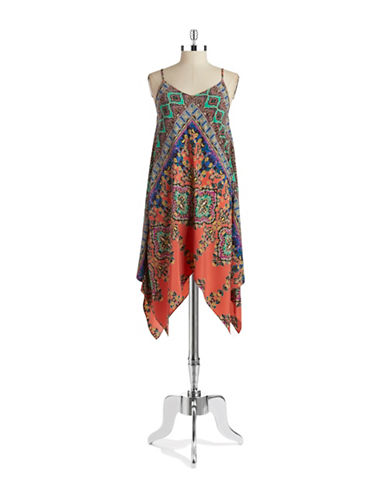We wanted to alert retail readers to these developments in price advertising laws in the United Kingdom from our friends at Lewis Silkin.
Late last year new U.K. Pricing Practices Guidelines were published by the Chartered Trading Standards Institute, replacing the long standing guidelines which retailers and advertisers had been following for many years.
The new Guidelines are not just an edit of the old ones. They are a root and branch reform, taking a “principles-based” approach to the advertising of prices, consistent with the same principles based approach enshrined in the Consumer Protection Regulations 2008.Continue Reading Guest Blog: The U.K. Pricing Practices Guidelines Are Now in Force – Are You Compliant?
 The plaintiffs’ bar is at it again, this time with a new target—the shipping and handling fees that retailers charge consumers in the course of delivering a product.
The plaintiffs’ bar is at it again, this time with a new target—the shipping and handling fees that retailers charge consumers in the course of delivering a product. Baseball season is just around the corner, and the FTC’s
Baseball season is just around the corner, and the FTC’s  We agree – the Jetsons era has indeed arrived. Beyond the days of “smart” everything, now 3D printing has taken center stage in the tech world. While it is not so farfetched to imagine
We agree – the Jetsons era has indeed arrived. Beyond the days of “smart” everything, now 3D printing has taken center stage in the tech world. While it is not so farfetched to imagine